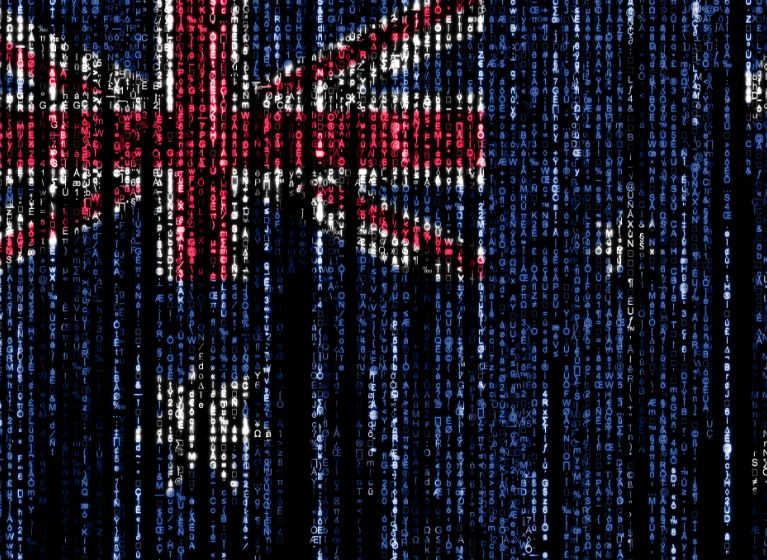Australia’s Designs Act provides courts with a broad discretion as to the relief that may be granted for infringement. The specific heads of relief that are outlined (in a non-limiting way) in s75 of the Act include:
- damages or an account of profits; and
- additional damages that can be awarded as the court ‘considers appropriate, having regard to the flagrancy of the infringement and all other relevant matters.’
In Ahiida Pty Ltd v JB Trading Group Pty Ltd [2016] FCCA 3146, the court determined that Ahiida had not suffered any damage due to infringement of its registered designs by JB Trading Group. Despite this, the court awarded Ahiida $20,000 under the head of additional damages on the basis that JB Trading Group’s conduct was ‘cavalier’.
It is also notable that the case was heard by Australia’s Federal Circuit Court, which has jurisdiction in design, trade mark and copyright matters (but not patent matters).
Background
Ahiida was the owner of Australian registered design numbers 300231, 302022, and 302023 (‘the designs’) in respect of articles of clothing – specifically, modest swimwear.
Ahiida sued JB Trading Group for infringement of the designs based on its importation, offering to sell, and selling, of Islamic swimwear that embodied the designs. JB Trading Group conceded infringement in an earlier proceeding, leaving only the question of relief to be determined.
Remedies for infringement
Section 75 of the Designs Act 2003 provides that:
- Without limiting the relief that a court may grant in infringement proceedings, the relief may include:
(a) an injunction subject to such terms as the court thinks fit; and
(b) at the option of the plaintiff – damages or an account of profits.…
- The court may award such additional damages as it considers appropriate, having regard to the flagrancy of the infringement and all other relevant matters.
In the proceedings, Ahiida sought:
- damages totaling $187,000 for loss of profit (under s75(1)(b));
- damages of $50,000 for loss of reputation (under s75(1)(b)); and
- additional damages of $150,000 due to JB Trading Group’s continued infringement after being (allegedly) put on notice of the designs (under s75(3)).
Compensatory damages for loss of profit under s 75(1)(b)
Ahiida was unsuccessful in proving that it lost profit due to JB Trading Group’s sale of its competing swimwear.
While Ahiida made submissions on the numbers of infringing garments that were imported and sold and its consequent loss of profit, it did not lead any evidence to support the proposition that purchasers of the JB Trading Group garments would otherwise have bought Ahiida’s garments.
Given this, the court found that no loss of profit had been proven, holding that ‘[m]erely showing that the respondent [JB Trading Group] sold the garments does not by itself establish that, but for those sales, the applicant [Ahiida] would have sold the equivalent numbers [of garments].’
Damages for loss of reputation under s75(1)(b)
Ahiida was also unsuccessful in proving that JB Trading Group’s conduct had diminished the reputation of Ahiida’s registered designs, or tarnished Ahiida’s brand.
In this regard, the court found ‘no evidence … that the products embodying the applicant’s designs were so well known that the respondent’s products would be thought to be the applicant’s products simply because they are swimming costumes for Muslim women’.
Additionally, the court found no evidence that any purchasers of JB Trading Group’s swimwear believed that they were buying Ahiida’s garments and were disappointed in the quality of the garments.
Additional damages under s75(3)
Ahiida also argued that it was entitled to additional damages because JB Trading Group elected to continue infringing Ahiida’s designs despite (allegedly) being put on notice of Ahiida’s design rights.
As noted above, Ahiida was unsuccessful in its damages case. Despite this, the court decided to award ‘additional’ damages of $20,000 to Ahiida. This was on the basis of the court’s finding that while JB Trading Group’s conduct was not flagrant, it was ‘at least cavalier’, and that additional damages were appropriate having regard to ‘all other relevant matters’.
In July 2011, Ahiida emailed JB Trading Group in relation to its use of Ahiida’s registered trade mark, Burkini, on its website to ‘promote a product that looks like a suspected IP design infringement’’. JB Trading Group later replied by stating that it had removed the word ‘Burkini’ from its website, and also stated that their ‘Islamic swimwear is not a copy … it is our unique design’. However, JB Trading Group did not seek any legal advice in relation to Ahiida’s assertion of design infringement, and carried on manufacturing, importing, and selling its infringing Islamic swimwear. JB Trading Group finally sought legal advice after receiving a letter of demand from Ahiida in 2013.
The court said that JB Trading Group ‘could have taken steps at least in July 2011 to inform itself of the nature of the registration of the designs before it commenced manufacture of its products’, and stated that ‘there is a responsibility on a trader entering a new market to be aware of the registered rights of its competitors and the restrictions that may thereby apply to that new trader.’
By continuing to sell its swimwear without taking any steps to inform itself of Ahiida’s rights – despite having been made aware of them – the court found JB Trading Group’s conduct to be cavalier and awarded Ahiida ‘additional’ damages of $20,000.00.
Other intellectual property rights
The relief provisions in respect of Australia’s other intellectual property rights are similar– though not identical – to the Designs Act provisions discussed above.
For example, s122(3) of the Patents Act and s126(2) of the Trade Marks Act each provide that a court ‘may include an additional amount in an assessment of damages …’.
Section 135AOE(2) of the Copyright Act provides that ‘in assessing damages, the court may award such additional damages as it considers appropriate …’.
Despite the slight differences in wording between these Acts, if ‘additional’ damages can be awarded in the case of design infringement despite not actually being additional to anything, it seems a reasonable proposition that the same could occur in cases of patent, trademark or copyright infringement.
Implications
- If you are selling a product protected by a registered design, carefully consider marking that product (or packaging) to indicate registration of the design. In the event of infringement, such marking is prima facie evidence that a defendant was aware of the design (s 75(4)).
- If you are made aware of potential infringement of a registered design (or any other intellectual property right), seek advice. If you take no action (or outright dismiss the infringement allegation) and are found to infringe, the continued conduct may be considered ‘cavalier’ and lead to a damages liability.
- In light of similar relief provisions in other intellectual property law Acts (such as the Patents Act), it appears possible that a patent, copyright or trade mark infringer may also be liable for ’additional damages’, even if relief under the head of ‘damages’ is denied and there are no damages for the ‘additional’ damages to be additional to.





















